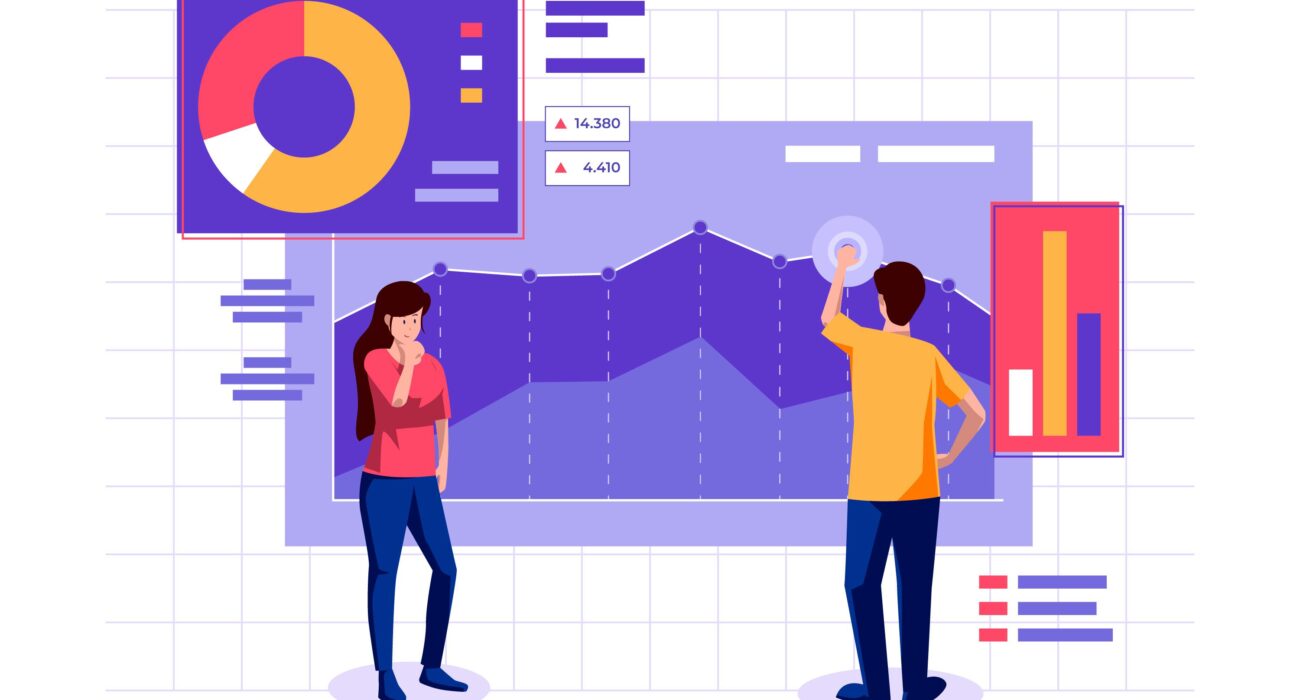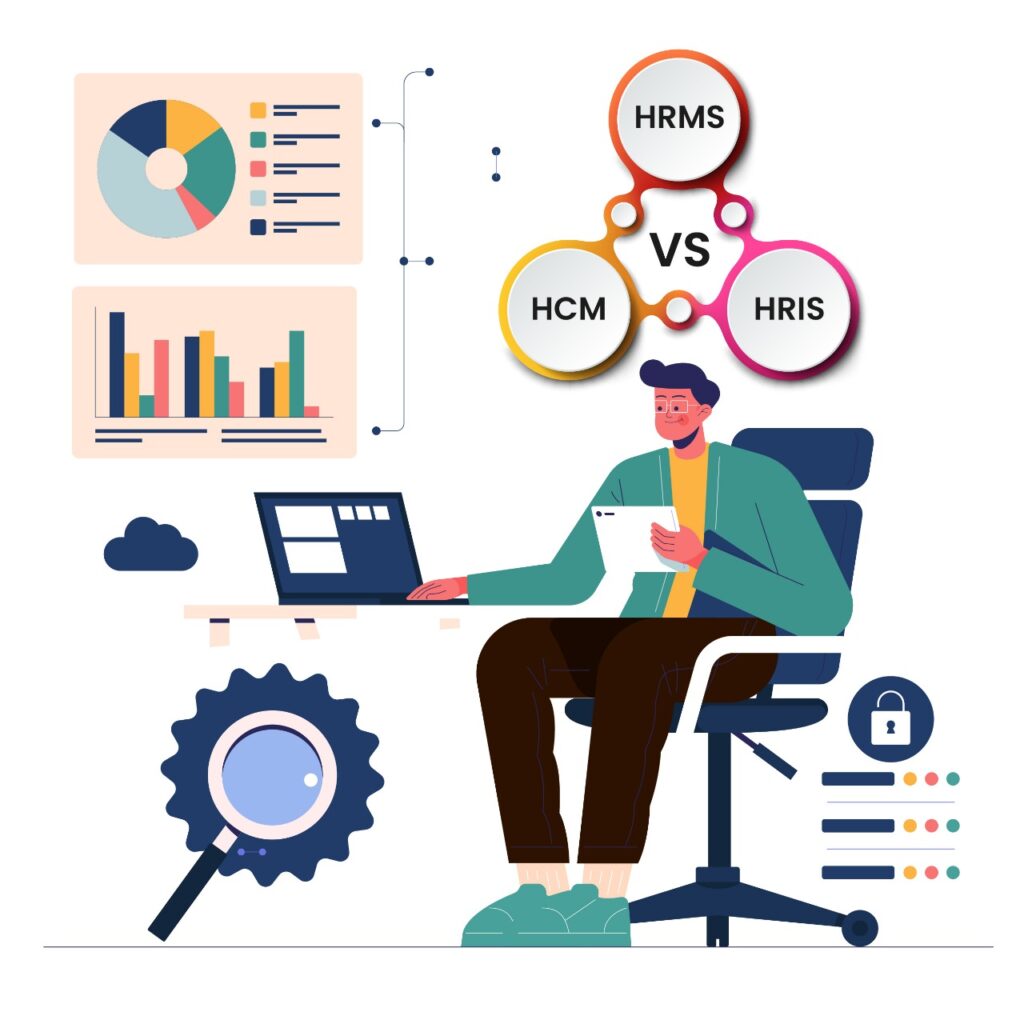In today’s fast-evolving business world, HR teams are bound to rely on technology to manage people efficiently. Yet, many still wonder, what’s the real difference between HRIS, HRMS, and HCM?
These three terms often get mixed up, but each serves a unique role in how an organization handles its workforce. From storing employee data to automating HR tasks and shaping business strategy, understanding these systems helps you choose the right HR software for your company’s growth stage.
1. HRIS: Building the Foundation of HR Software
HRIS (Human Resource Information System) is the starting point of digital HR management. It’s designed to store and manage employee data securely and efficiently, helping HR teams move away from manual records and spreadsheets.
Key functions of HRIS:
- Employee data management
- Payroll and benefits administration
- Leave and attendance tracking
- Policy and compliance reporting
- Basic workforce insights
An HRIS simplifies record-keeping and ensures accuracy in every transaction. It’s ideal for small to mid-sized businesses that need a solid HR software foundation before expanding to automation and analytics.
Think of HRIS as your digital HR filing system; organized, efficient, and reliable.
2. HRMS: Streamlining People and Processes
As businesses grow, managing a larger workforce manually becomes challenging. That’s where an HRMS (Human Resource Management System) comes in. It automates day-to-day HR operations and integrates multiple processes into one centralized system.
Core features of HRMS:
- Recruitment and onboarding automation
- Performance and training management
- Employee self-service portals
- Shift, attendance, and leave management
- Expense tracking and payroll integration
An integrated HRMS connects all HR functions, from hiring to exit all under one platform. It saves time, eliminates data duplication, and enhances employee experience.
If HRIS is about storing data, HRMS is about managing it intelligently.
Many organizations today look for the best HRMS that offers easy configuration, scalability, and vendor independence. A flexible HRMS allows HR teams to define their own rules, generate customized reports, and operate efficiently without relying on external support.
3. HCM: Elevating HR to a Strategic Level
HCM (Human Capital Management) takes HR management beyond operations. It combines the functionalities of HRIS and HRMS but adds a strategic layer focused on workforce development and business growth.
Key functions of HCM:
- Workforce planning and forecasting
- Talent management and succession planning
- Leadership development programs
- Employee engagement analytics
- Compensation and performance insights
HCM software helps organizations treat employees as assets rather than resources. It provides insights that drive better decision-making, align HR goals with business objectives, and foster a culture of growth and productivity.
HCM turns HR from a support function into a strategic partner.
Choosing What Fits Your Business
Every company’s HR journey is different, but most follow a natural progression.
- Start with HRIS to establish a system of record and compliance.
- Move to HRMS when your team expands and automation becomes essential.
- Adopt HCM when HR needs to contribute strategically to business outcomes.
When evaluating the best HRMS for your organization, consider scalability, ease of use, data security, and integration capabilities. An integrated HR Software not only streamlines workflows but also empowers HR teams to focus on people rather than processes.
While HRIS, HRMS, and HCM may sound similar, each represents a step forward in HR’s digital evolution. HRIS lays the foundation, HRMS manages processes, and HCM drives strategy and growth.
Choosing the right system depends on your company’s size, goals, and HR maturity. The ideal approach is to start small, automate smartly, and scale strategically, using the best HRMS that fits your needs. After all, the right HR software doesn’t just manage your people; it empowers them to perform better, stay engaged, and grow with your organization.


